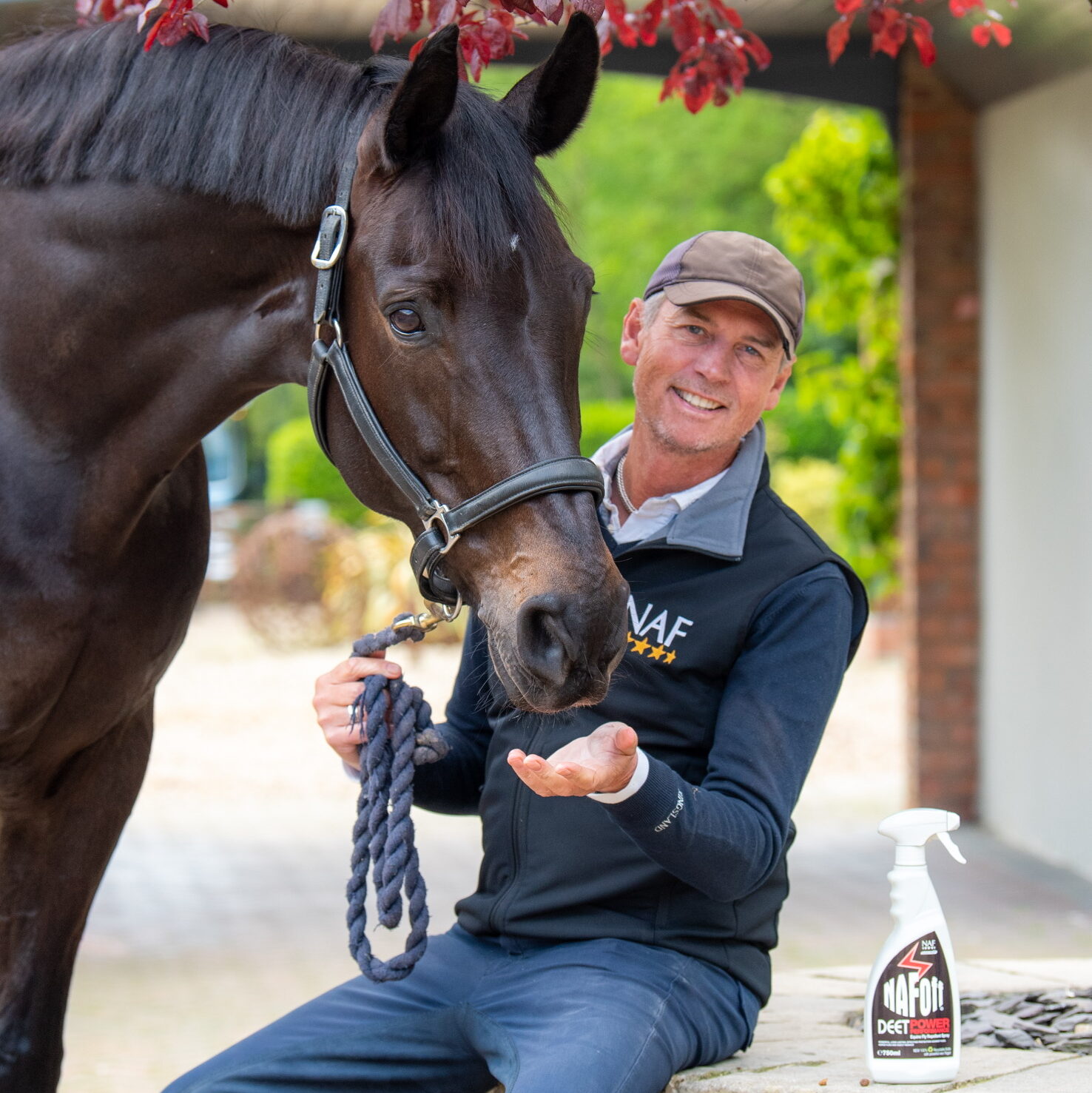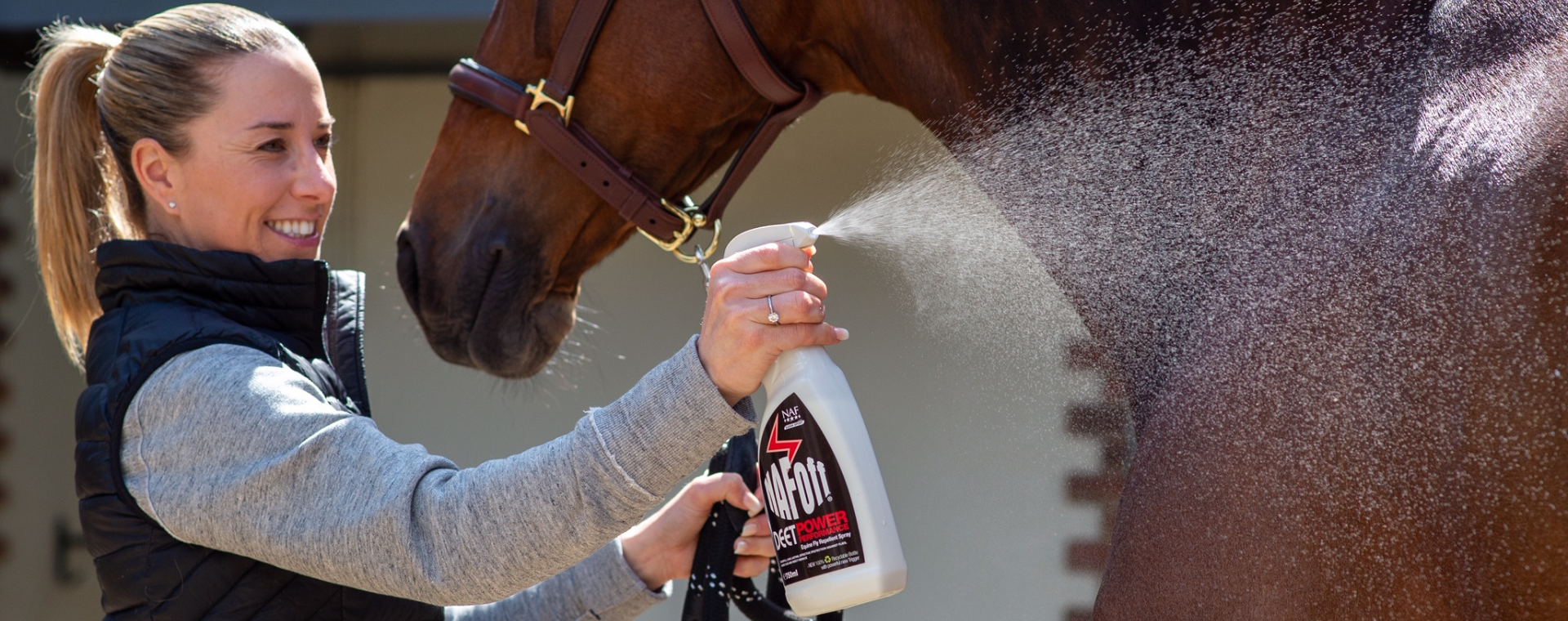Here in the UK we have many different flying insects. Trying to determine whether to use a fly rug, cover in fly spray before you ride or turnout, or simply do nothing is every horse owners’ annual conundrum.
Types of Flies
It is not just horse flies that find our horses an attractive opportunity. The black fly finds a home inside their ears as they need an area with little hair and suck the blood from there; these are around throughout the warmer months along with the midge. They become more active at the break of dawn or dusk, as their bite releases saliva into the skin; it is these that can initiate the itching sensation.
The crab fly tends to remain between the hind legs but they have no wings, they have to be brushed away. Then you have the stable fly, these breed in our muckheaps and tend to gather around the face and the eyes and appear around the same time as the horse fly. The horse fly receives the most attention as it can bite through the skin, creating a larger lesion and likely resulting in a skin reaction.
Fly Repellents
It is a legal requirement that all fly repellents come under Biocide and Pesticide regulations. They must be registered and display a registered number. This registration ensures you are using active ingredients proven to be both safe and effective, therefore look for the approval number on repellents to ensure the product you choose is legal. Beware of essential oils and home remedies, they can be very aggressive, causing severe reactions on some horses.
DEET
NAF has taken its learnings from nature itself, as some plants have the natural ability to mask scents that are attractive to insects, while others can confuse the insect’s odour receptors and create an unappealing landing environment for them.
Then there is of course the well-known synthetic repellent, DEET which combines what nature has taught NAF into one product. DEET was formulated by US soldiers upon testing times in the jungle during 1946. Generally, the higher the rate of DEET the more effective it will be. However, safe levels for use on horses and in our environment are capped, so avoid using DEET repellents designed for use on people, as these are likely to be too high for your horse. As with any topical application it is always worth doing a patch test for 48 hours.
NAF OFF Deet Power Performance offers a 6-8 hour repellency time, which should account for the time in the field before it is re-applied or the horse is brought in. The powerful formula provides effective protection against flies and insect menace.
So, should you have a Fly Repellent to hand?
Fly repellents have been used for generations to help keep a spatial repellency around our horses; it helps avoid contact with these blood thirsty feeders and will in turn help to prevent the many diseases that flies can transmit which can lead to extreme discomfort. When choosing a repellent, think about the type of fly you are seeing and even horses who wear a fly rug will benefit from a repellent.







